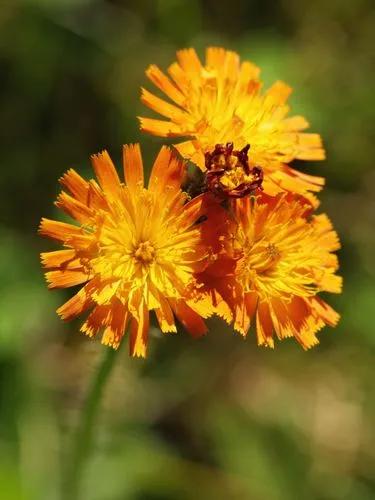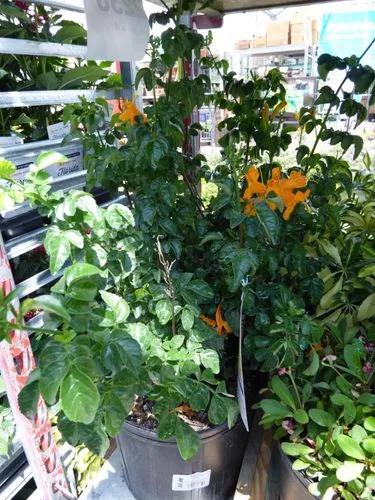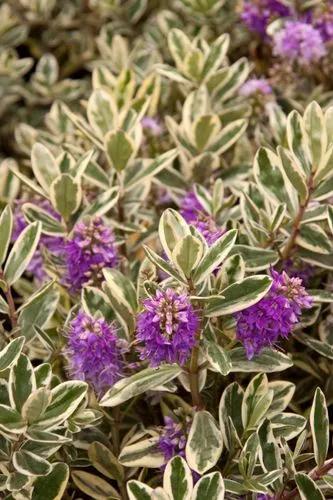As in this example, there are usually dark blotches, often shaped rather like arrowheads, on the leaves of this annual plant. The stems are sometimes, but far from always, flushed with red - hence the common name.Growing in tightly-packed elongated ellipsoidal groups, the tiny flowers of Persicaria maculosa are pale pink, but while in bud they are a much deeper pink. The perianth (the corolla of infertile structures around the reproductive parts) of each tiny pink flower consists of four or five petal-like lobes that are fused near to the base. Within the perianth are six white stamens, two fused carpels and two styles.
Jesusplant Care
Persicaria Maculosa



How to Care for the Plant

Water

Requires consistently moist soil; do not let dry out between watering.Very high moisture needs; suitable for bogs and water gardens

Sunlight

It can grow in semi-shade (light woodland) or no shade

Soil

Suitable for: light (sandy), medium (loamy) and heavy (clay) soils. Suitable pH: acid, neutral and basic (alkaline) soils.

Additional

Although no specific mention has been made for this species, there have been reports that some members of this genus can cause photosensitivity in susceptible people. Many species also contain oxalic acid (the distinctive lemony flavour of sorrel) - whilst not toxic this substance can bind up other minerals making them unavailable to the body and leading to mineral deficiency. Having said that, a number of common foods such as sorrel and rhubarb contain oxalic acid and the leaves of most members of this genus are nutritious and beneficial to eat in moderate quantities. Cooking the leaves will reduce their content of oxalic acid. People with a tendency to rheumatism, arthritis, gout, kidney stones or hyperacidity should take especial caution if including this plant in their diet since it can aggravate their condition

Popularity

1,245 people already have this plant 318 people have added this plant to their wishlists
Discover more plants with the list below
Popular articles






